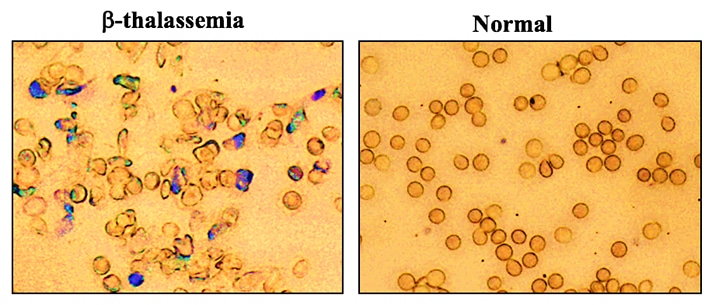
Bad Blood
Thalassemia is a genetic disorder that causes anemia in a patient. It occurs in 4.4 out of every 10,000 live births in the world. It is a disorder that stifles the ability of red blood cells to transport oxygen throughout the body. This function is necessary for human survival. It would make sense, therefore, to find and develop treatments for these kinds of disorders. A group of scientists from Yale did just that.
In a study published by Nature Communications, Dr. Peter M. Glazer and his team developed a strategy for eliminating thalassemia in mice. The strategy utilizes cross-disciplinary methods to edit genes.

They identified a protein in the bone marrow that facilitates the activation of stem cells — the cell most responsive to gene editing. They then combined this with DNA-like, synthetic molecules called PNAs to form a triple helix. Nanoparticles developed by a separate lab would then transport the resulting PNA to the target mutation in mice using a simple IV injection, thus activating the cell’s own repair processes to correct the gene.
Better Gene Therapy
The researchers found that the technique was able to correct the thalassemia to the point where in just after 140 days, they no longer showed signs of the disorder. The treatment has the advantage of being delivered through a simple IV injection. In addition, because it was made of bits and pieces of DNA produced chemically, it avoids unintended effects that other techniques, like CRISPR, can produce when altering genes.
This research is still limited to cells in a laboratory, but if the technique proves to be successful in clinical trials, would lead to more developments in gene therapy for other genetic disorders of the blood. The World Health Organization finds the development of hemoglobin disorder treatments as a challenge and recommends the development of cost-effective treatments for these disorders.